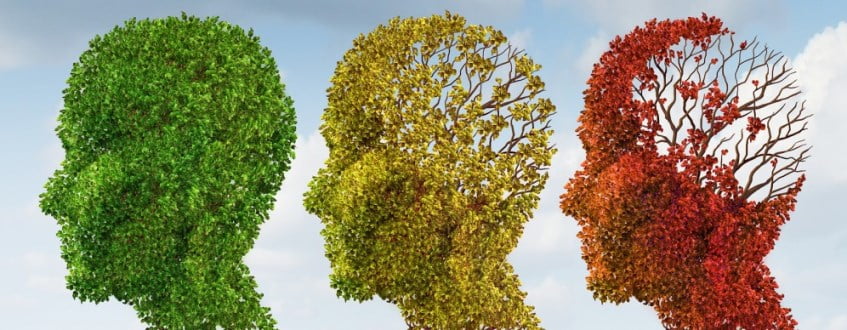Alzheimer’s disease is a progressive brain disorder that damages brain cells, leading to memory loss and changes in brain functions. According to the Alzheimer’s Association, 5.4 million Americans live with the disease.
For years, researchers have been trying to find a cure for Alzheimer’s, but despite some success in slowing the progression of the disease, it remains incurable.
Now, Israeli scientists are focusing on the genes that could be responsible for the neurodegenerative disease, rather than on the plaque that clogs affected brains (one of the distinctive features of Alzheimer’s). After treating mice that had the “bad” Alzheimer’s gene, the rodents were able to identify Coke bottles and perform other cognitively sophisticated tasks!
SEE ALSO: Israeli Company Offers Hope For Alzheimer’s Disease With Unique Treatment
Potentially changing the paradigm of Alzheimer’s research, Tel Aviv University researchers have found that the APOE gene (which tells the body how to make a certain protein) has, like Dr. Jekyll and Mr. Hyde, two faces: a healthy form, called APOE3, and a disease-related pathological form, called APOE4. They have developed a novel mechanism with which to convert the “bad” APOE4 to the “good” APOE3. Using certain enzymes, the researchers reversed the effect of the “bad” APOE gene.
TAU’s Prof. Daniel Michaelson, who led the study, explains that the normal APOE gene provides the interface that moves lipids — naturally occurring molecules that include fats, cholesterol, vitamins and other components essential to the health of cells — in and out of cells. “Whereas the healthy APOE3 does so effectively, the bad form — APOE4 — is impaired,” he said in a statement.
SEE ALSO: Study: People Who Treat Alzheimer’s Patients Should Have Creative Hobbies
The researchers devised an experimental approach to measure the “bad” features of APOE4, utilizing genetically manipulated mice expressing either good or bad forms of APOE. Mice with APOE4 exhibited impaired learning and memory, as well as damaged brain synapses, two pathological hallmarks of Alzheimer’s.
The TAU team then showed how mice, which prior to the “conversion” treatment exhibited disoriented behavior and seemed “lost,” were able following treatment to locate a submerged island in the middle of an artificial pond. Mice that had forgotten familiar objects — like Coca Cola bottles — suddenly exhibited sharp object recognition.
“APOE4 is a very important and understudied target,” Michaelson says. “It is expressed in more than 60 percent of Alzheimer’s patients. Anti-APOE4 treatments are thus expected to have a major impact on the patient population.”
The study, recently published in the Journal of Alzheimer’s Disease, was led by TAU’s Prof. Daniel M. Michaelson and doctoral fellow Anat Boehm-Cagan, in collaboration with biotechnology company Artery Therapeutics.
Related posts

Israeli Medical Technologies That Could Change The World

Harnessing Our Own Bodies For Side Effect-Free Weight Loss

Missing Protein Could Unlock Treatment For Aggressive Lung Cancer






Facebook comments